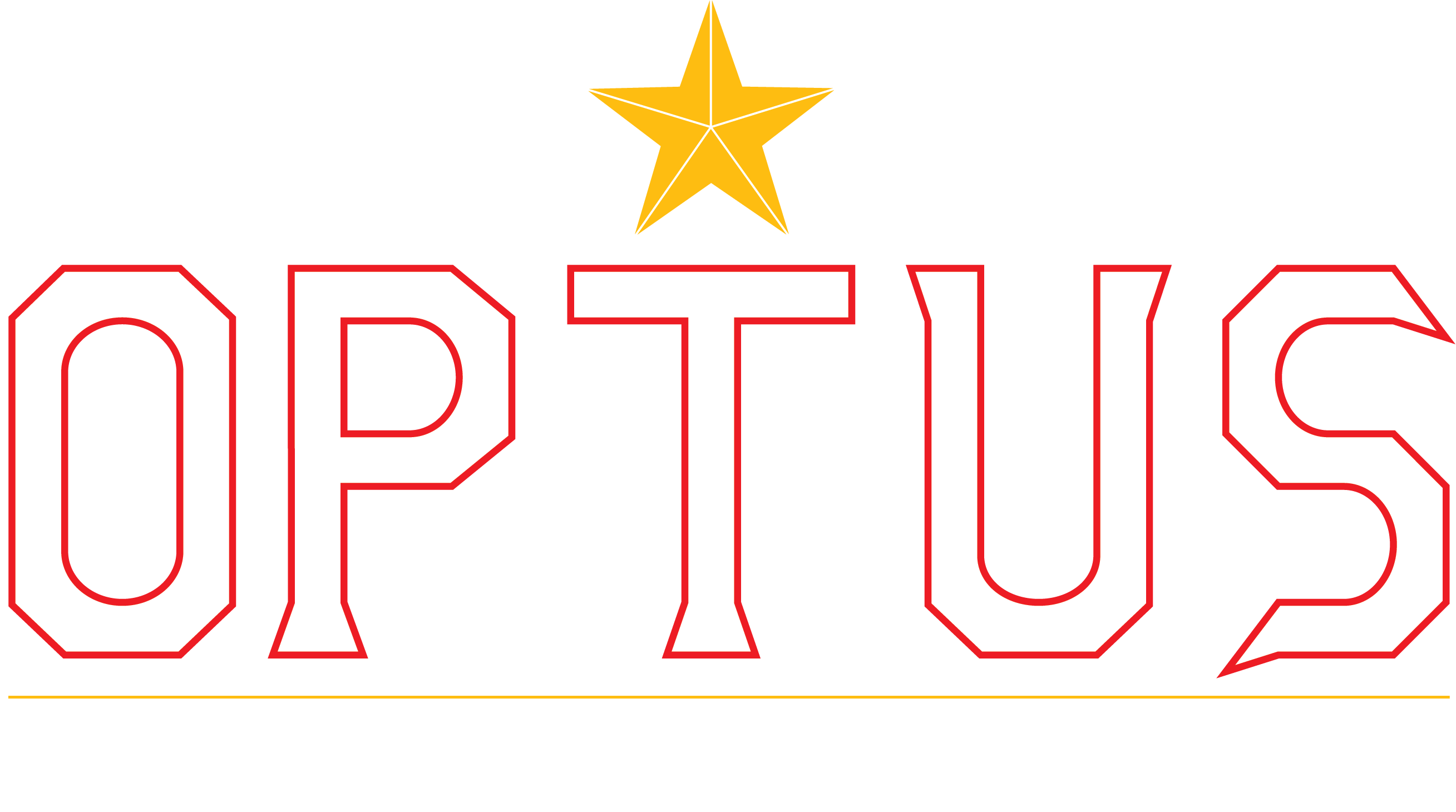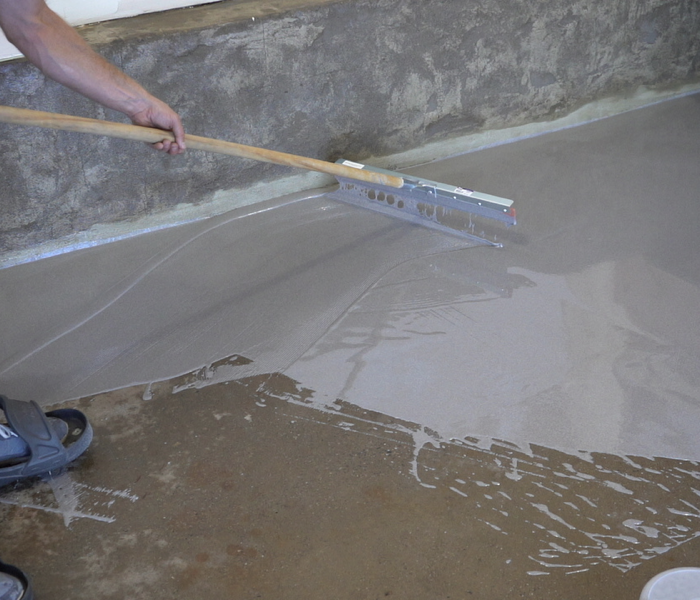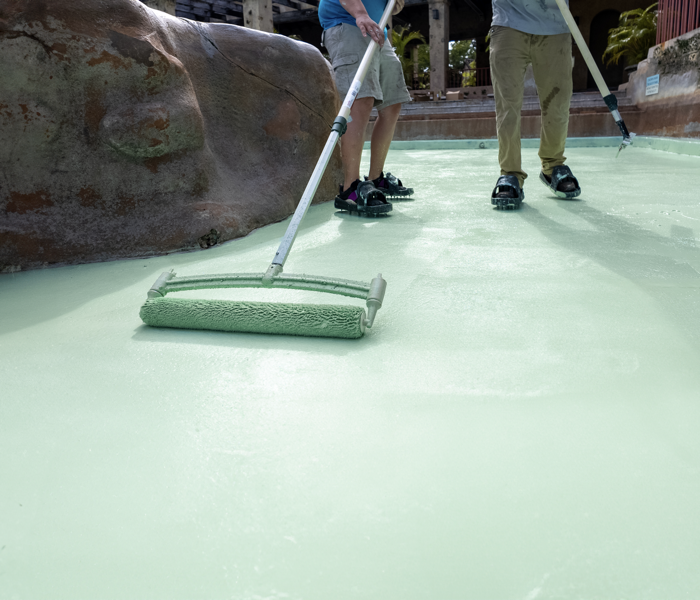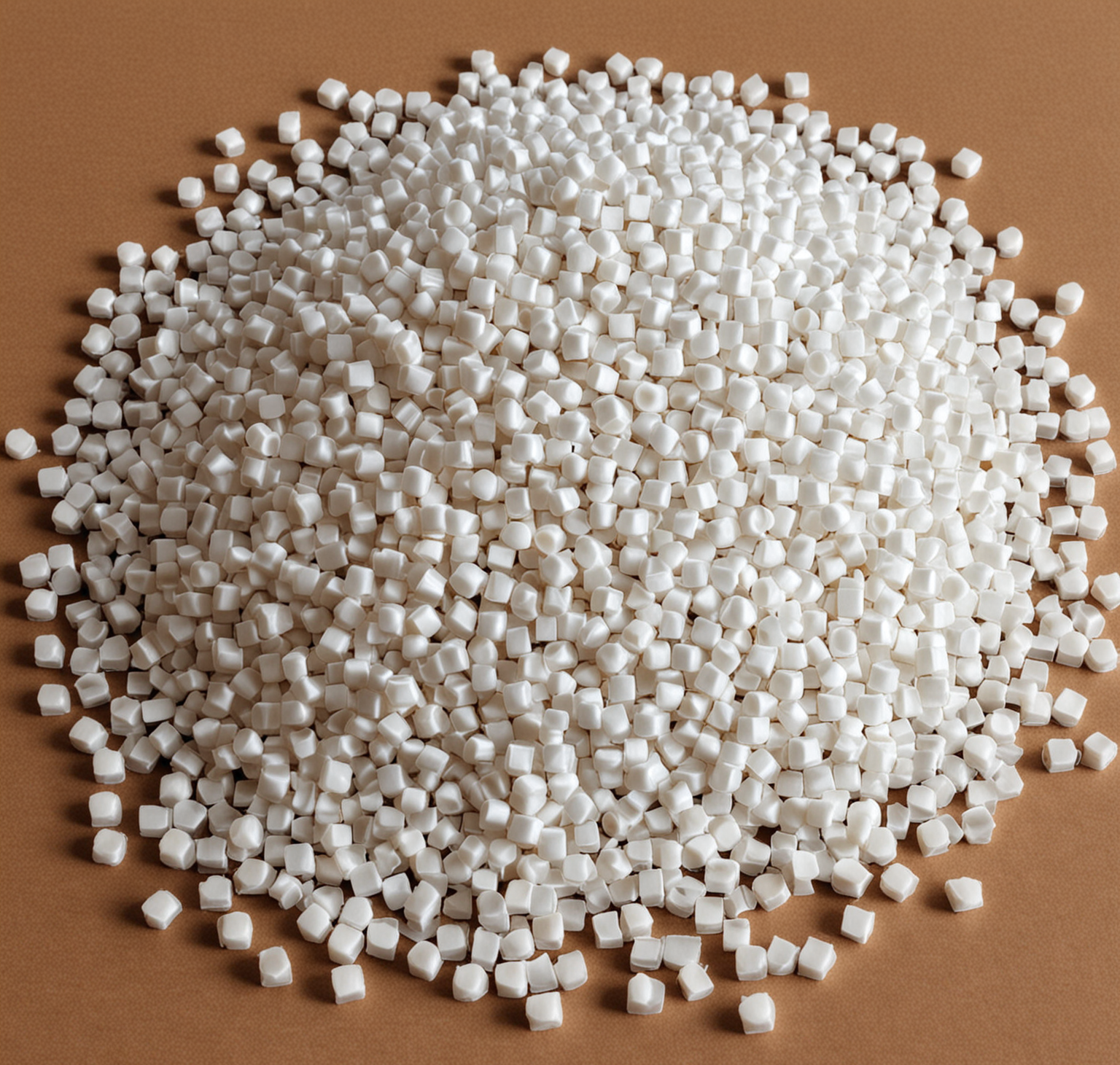
Choosing the right resin for a project can be confusing. Polyethylene resins are the most produced type worldwide. This post will explore different resins, focusing on the most common ones used in plastic injection molding, like ABS.
Key Takeaways
- Polyethylene (PE) is the most produced type of resin worldwide because it’s versatile and can be used for everything from plastic bags to heavy-duty containers. Its flexibility, durability, and recyclability make it incredibly popular.
- Acrylonitrile Butadiene Styrene (ABS) is highly regarded in plastic injection molding due to its strength, durability, and impact resistance. It’s often chosen for making automotive parts, electronic housings, and toys because it keeps its toughness even at low temperatures and can be easily modified with colors or additives during production.
- Other resins like Polypropylene (PP), Polycarbonate (PC), Nylon, High – Impact Polystyrene (HIPS), Poly (methyl methacrylate) (PMMA), Epoxy Resin, and Polyurethane Resin each have specific properties that cater to different industries. For example, PP is great for chemical resistance while PC offers clarity and thermal resistance; this variety supports a wide range of product needs across sectors.
Understanding Resins for Plastic Injection Molding
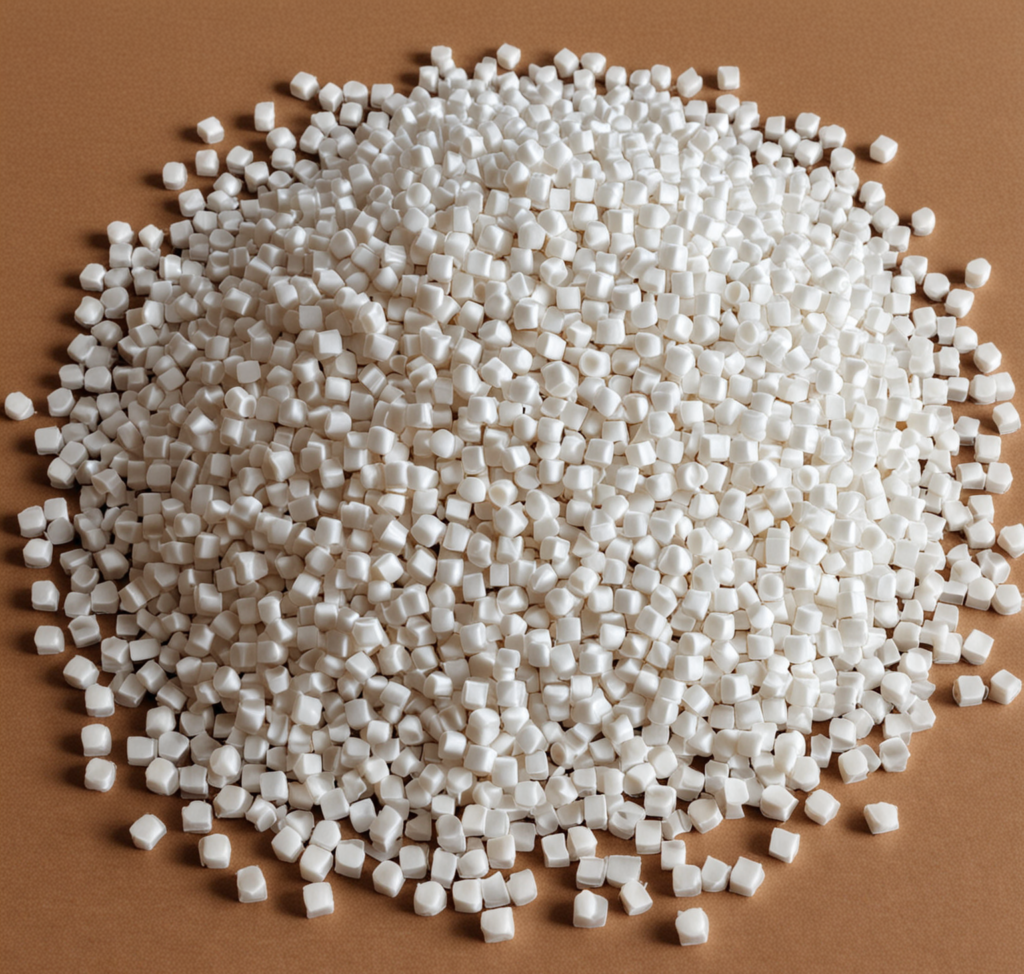
Understanding resins for plastic injection molding involves knowing the various types of resins used and the essential factors to consider when choosing them. Resin properties, such as strength, flexibility, and heat resistance, play a crucial role in the success of plastic injection molding projects.
Types of Resins Used
Choosing the right resin for plastic injection molding requires understanding the different types available and their unique properties. Several thermoplastic polymers serve distinct purposes across industries, making them vital in producing various products.
- Polyethylene (PE): This is the most common resin with a wide range of uses, from plastic bags to heavy-duty containers. Its popularity stems from its flexibility, durability, and recyclability.
- Polypropylene (PP): Known for its excellent chemical resistance and welding properties, PP is commonly used in automotive parts, containers, and textiles.
- Acrylonitrile Butadiene Styrene (ABS): ABS combines strength with rigidity, making it ideal for products that require toughness and impact resistance like automotive components and consumer electronics.
- Polycarbonate (PC): PC stands out for its outstanding clarity and thermal resistance. It’s widely used in eyewear lenses, bulletproof glass, and compact discs.
- Nylon: This synthetic polymer offers exceptional wear resistance and tensile strength. It’s frequently selected for mechanical parts such as gears and bearings.
- High-Impact Polystyrene (HIPS): HIPS is known for its easy processing and dimensional stability which makes it suitable for printing models, toys, and appliance components.
- Poly(methyl methacrylate) (PMMA): Often referred to as acrylic or Plexiglas®, PMMA boasts excellent transparency and UV tolerance, making it a great choice for signage and light fixtures.
- Epoxy Resin: Epoxy stands out due to its versatility in hardening for use in a broad spectrum of applications ranging from electronic systems to adhesives due to its ability to form strong bonds after mixing its components.
- Polyurethane Resin: This type of resin is known for its flexibility even when cured. It finds applications in cushions, insulation foam, elastomers, and coatings.
Each of these resins brings specific attributes that manufacturers consider when choosing materials for their projects—properties like heat resistance, clarity, impact strength, flexibility, and chemical compatibility guide decision-making processes ensuring the final product meets all requirements.
Factors to Consider When Choosing Resins
- The specific application requirements, such as mechanical properties, environmental conditions, and regulatory compliance, must be carefully assessed.
- Consider the physical properties of the resin, including its strength, stiffness, impact resistance, and heat resistance.
- Analyze the processing requirements to ensure compatibility with the injection molding process and equipment.
- Evaluate the cost-effectiveness and availability of the resin for large-scale production.
- Take into account any potential safety and environmental concerns associated with the selected resin.
Understanding these factors is crucial for making informed decisions when choosing resins for plastic injection molding applications.
The Most Common Resin Used in Plastic Injection Molding
Acrylonitrile Butadiene Styrene (ABS) ranks as the most common resin used in plastic injection molding due to its excellent strength, durability, and impact resistance. Other commonly used resins in plastic injection molding include polycarbonate, polypropylene, nylon, and high-impact polystyrene (HIPS).
Acrylonitrile Butadiene Styrene (ABS)
Acrylonitrile Butadiene Styrene (ABS) is a widely used thermoplastic polymer. Its excellent impact resistance and toughness make it a preferred choice for plastic injection molding applications.
ABS is popular in various industries due to its ability to be easily molded into different shapes, making it suitable for producing items like automotive parts, electronic housings, and toys.
Apart from its strength and impact resistance, ABS also offers good heat and chemical resistance properties. This makes it an ideal material for products that require durability in harsh environments or exposure to different chemicals.
Moreover, ABS can be easily colored during the manufacturing process using master batches or compounding additives, allowing for a wide range of colors to be achieved.
Why ABS is Popular for Injection Molding
ABS is popular for injection molding due to its excellent impact resistance and toughness. Its ability to maintain its strength at low temperatures makes it suitable for a wide range of applications, including automotive parts, electronic housings, and toys.
ABS also offers good dimensional stability and is easy to machine, paint, and glue, making it a versatile choice for manufacturers.
Moreover, ABS can be easily modified by adding additives or colorants during the production process to achieve specific performance or aesthetic requirements. These characteristics make ABS a top choice in injection molding processes where durability, versatility, and customization are essential factors.
Other Commonly Used Resins
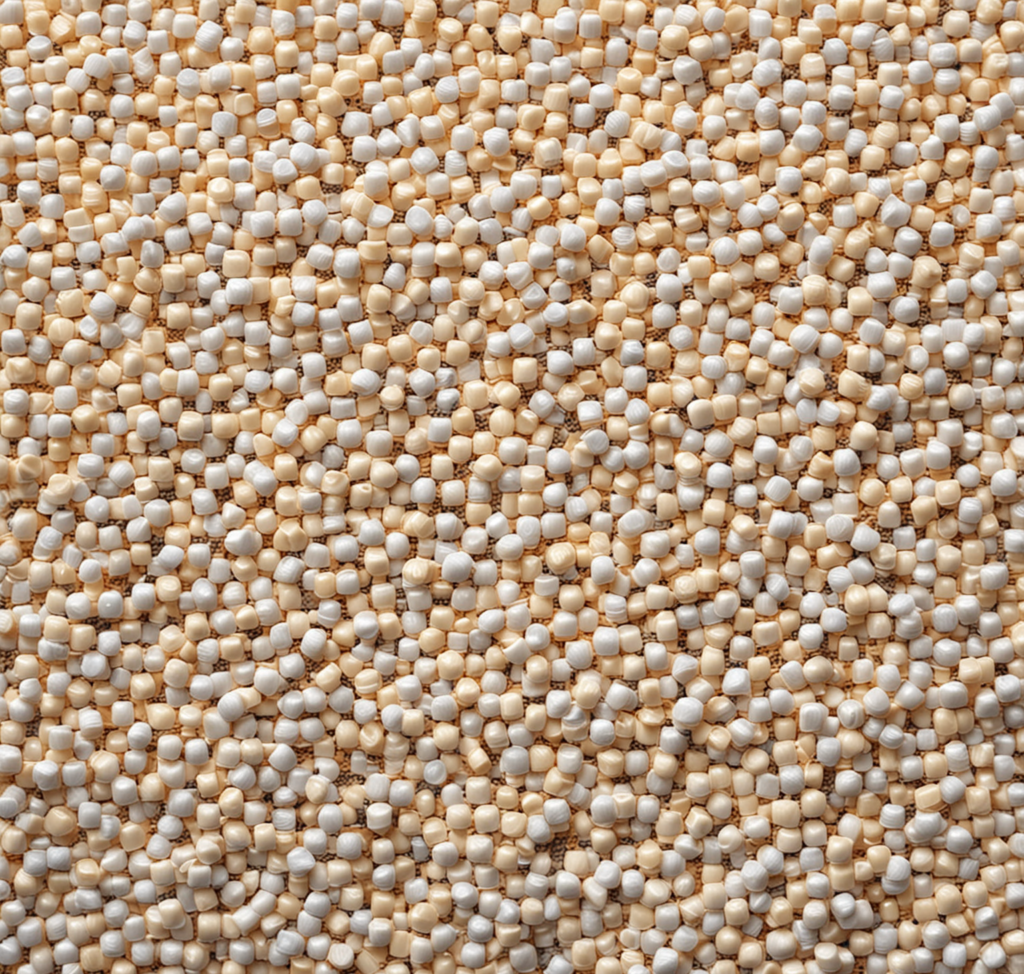
- Polyethylene: A versatile resin with wide industrial applications due to its excellent strength, durability, and chemical resistance.
- Polypropylene: Known for its heat resistance and toughness, commonly used in packaging, textiles, and automotive components.
- Polystyrene: Lightweight and rigid, often used for packaging materials, insulation, and disposable cutlery.
- Polyvinyl Chloride (PVC): Durable and cost-effective, widely used in construction, healthcare products, and electrical insulation.
- Polycarbonate: Offers high impact strength and optical clarity, making it suitable for eyewear, electronic components, and safety equipment.
Conclusion
Acrylonitrile Butadiene Styrene (ABS) is the most common resin used in plastic injection molding due to its excellent impact resistance and versatility.
High-impact polystyrene (HIPS) and polymethyl methacrylate (PMMA) are other commonly used resins for injection molding, each with distinct properties suited for various applications.
FAQs
1. What is resin?
Resin is a material often used in making plastics and comes in natural or synthetic forms. It starts as liquid resin monomers that harden into various shapes for different uses.
2. What are the most common types of resin?
The most common resins include Acrylonitrile Butadiene Styrene (ABS), High-impact Polystyrene (HIPS), PMMA (Polymethyl methacrylate), Epoxy, and Polyurethane resin. These types vary in strength, flexibility, and other properties.
3. How do people use resins?
People use resins for a wide range of applications such as creating plastic pipes, forming solid objects through thermoset processes, and even in art projects with epoxy resin to make jewelry or tabletops.
4. Can you tell me about synthetic versus natural resins?
Natural resins come from plants and have been used for centuries in products like varnish or incense. Synthetic resins, on the other hand, are man-made from chemical compounds found in petroleum products; they’re more commonly used today because they can be tailored to specific needs.
5. How do manufacturers join plastic pipe pieces made of resin?
Manufacturers use several methods to join plastic pipe pieces made of resin materials including welding, using adhesives designed for specific resin types or mechanical joining techniques such as threading or flanging depending on the application requirements.
